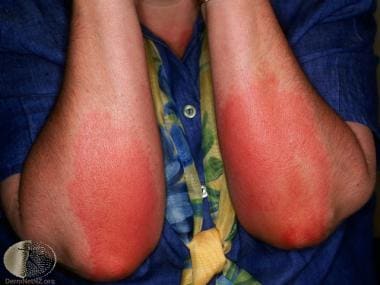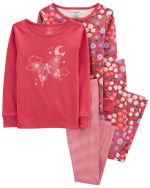Seasonedcitizen
Est. Contributor
- Messages
- 3,361
- Role
- Diaper Lover
- Sissy
They are made for a woman’s body. The shoulder to crotch measurement is to small for most men.tobid03 said:Thanks for all that info, but the bedwetting part is just a part of that little girl fantasy.
On another note, I got some red marks from that gymnastics leotard. Might have to try a size larger. I hate being sensitive to pressure urticaria (welts from pressure that can leave marks for a long time).


